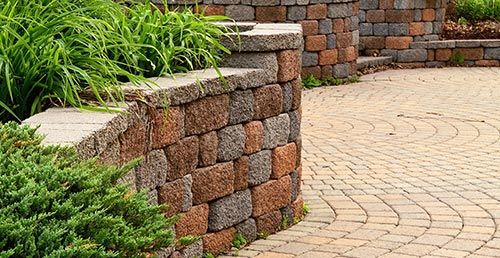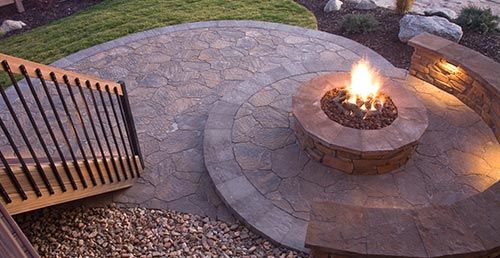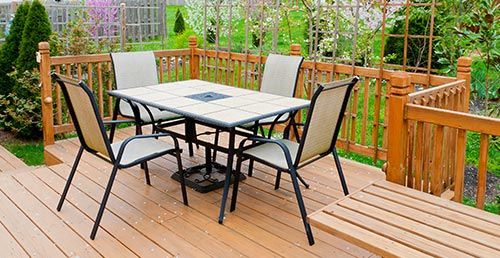Choosing Material For Your Retaining Wall Project: Options To Consider
- By websitebuilder
- •
- 22 May, 2017
- •

Brick
Brick is a classic and relatively inexpensive material for a basic retaining wall. If the reason for putting this structure on your property is to aid in slope control for better water flow away from your home or to manage soil and rock distribution on your hillside property, brick is a reliable and easily installed material to consider. You can use classic red brick or a rough-cut style in natural sand hues for your retaining wall and achieve beautiful, streamlined results.
Rock
You can find natural rainbow river rocks and boulders at a landscaping supply store to help you complete your project. Rock is an excellent choice for a retaining wall destined to create a decorative barrier around a flower bed or line of trees. Many people choose to use naturally produced rock for the beauty it contains and the ease of placement on the property.
You will want to buy rock in several sizes so you can stack and arrange them into the retaining wall structure you desire. Mixing different types of rock together helps complete the natural appeal of your retaining wall.
Cinder Blocks
Cinder blocks are excellent for reinforcing existing retaining walls for added strength or width. They can also be used to create smaller barriers around your property to break up your landscape and give it visual appeal. These concrete blocks come in a surprising variety of styles, so you can easily customize your project. You will want to consult with a landscape supply company to compare the load-bearing abilities of the cinder blocks you choose. Designs include:
- Split-faced
- Vertical score
- Ribbed
Before buying cinder blocks for your project, you will want to design a blueprint so you know how many you will want to purchase. They often come in a bulk crate purchase to save you money over buying each piece independently.
Stone
If you want a retaining wall to surround your property strictly for attraction, then you will want to use natural stone, such as granite or slate. These stones are often used as finishing material to cover the front of a retaining wall. Pieces in varying sizes and colors are laser or water cut from existing larger boulders and can be placed on the front face of your retaining wall.
For stone-finished projects, you will want to build your retaining wall first with a concrete or brick material and do a front-face overlay with the stone of your choice.
Before starting any retaining wall project, make sure you create an outline of where you want your wall to be, how tall you are allowed to have it based on city ordinances (every city and state has different laws), and what your budget can afford. Rock and stone, for example, may be pricier than brick or cinder blocks. You will want to clear all grass from the building area and grade the soil so you have an even slope to work with.


